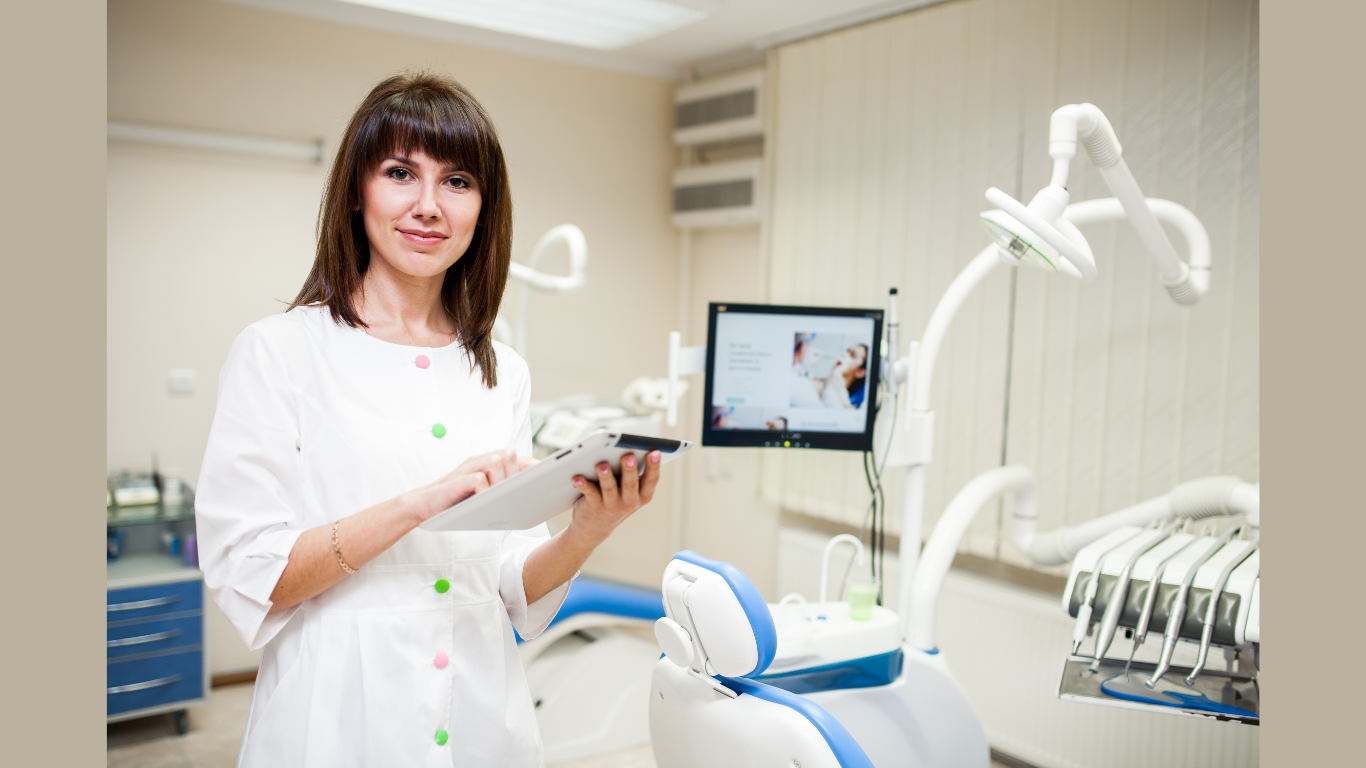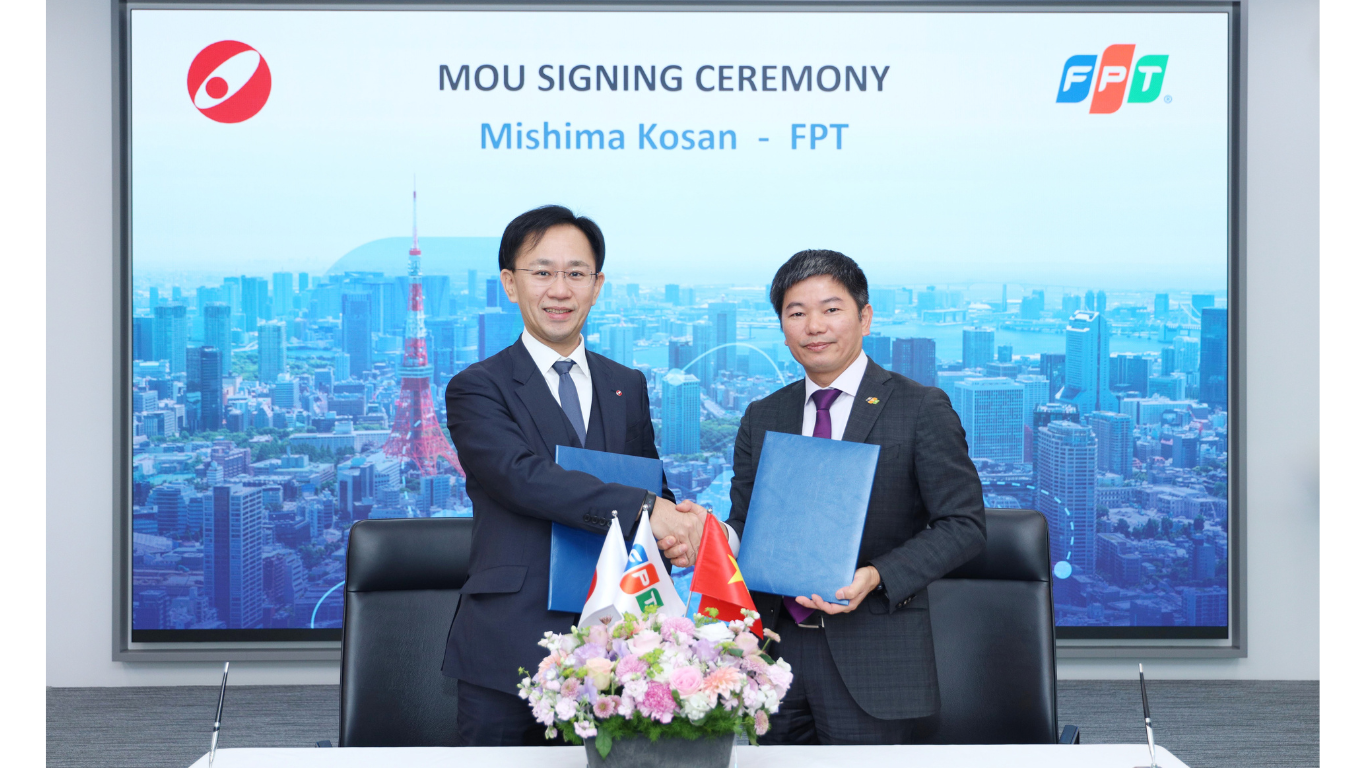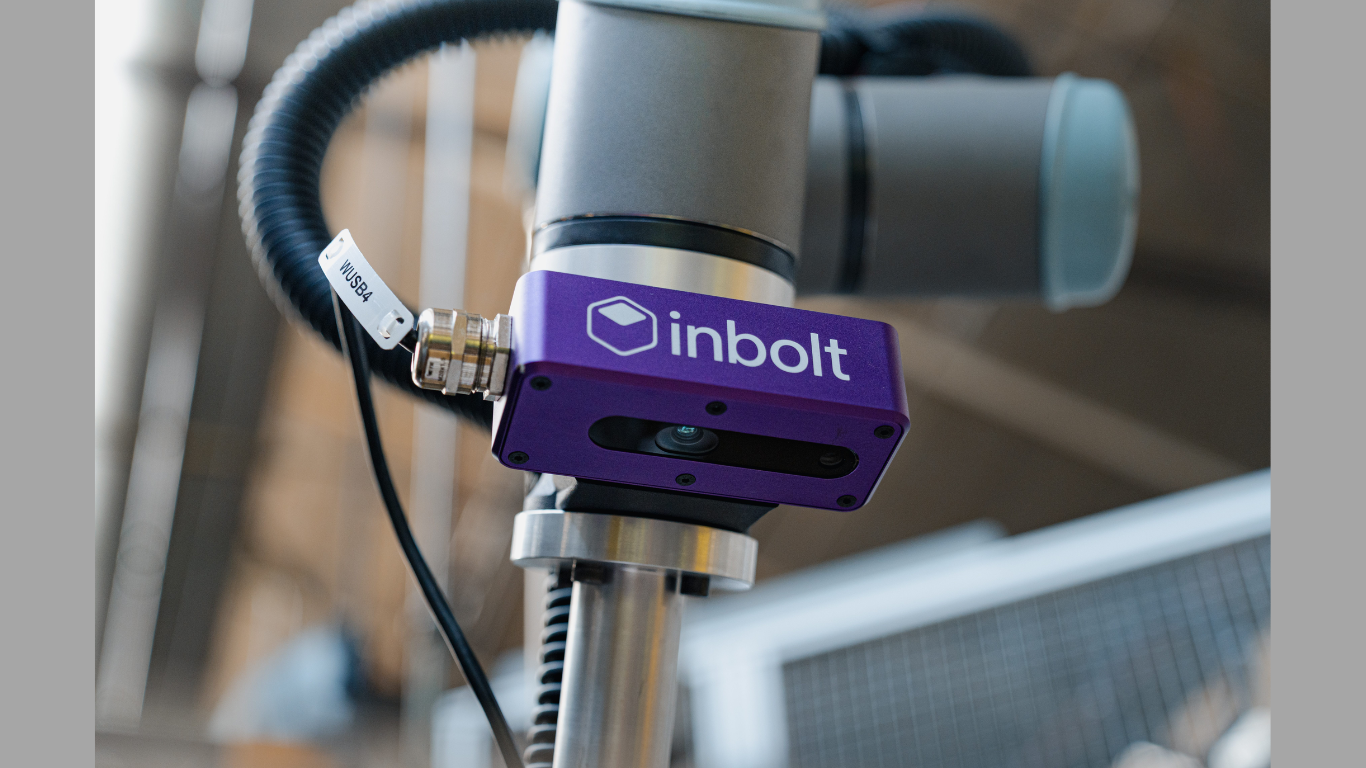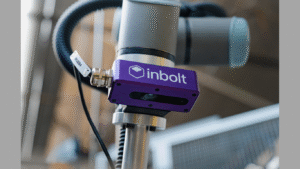Patient experience has emerged as a critical component of a successful dental practice. Patients increasingly expect seamless interactions and personalized care. The dental experience extends beyond the treatment chair; it encompasses scheduling appointments, managing paperwork, and receiving timely follow-up communications. Enhancing patient experience not only leads to increased satisfaction but also boosts patient loyalty and positive word-of-mouth referrals. This is where the role of virtual receptionists comes into play, revolutionizing the way dental practices interact with their patients.
1. Understanding Virtual Receptionists
A virtual receptionist is a remote administrative professional trained to handle various tasks traditionally managed by in-house receptionists. These tasks may include answering phone calls, scheduling appointments, managing patient inquiries, and maintaining patient records. By leveraging technology, virtual receptionists can provide dental offices with the flexibility and efficiency needed to optimize operations. The implementation of a virtual receptionist system allows dental practices to focus more on patient care while ensuring.
2. Enhancing Accessibility and Availability
One of the key advantages of utilizing a virtual receptionist dental office service is improved accessibility. Many patients have busy schedules and may find it challenging to call during typical office hours. Virtual receptionists can extend service hours, providing support beyond the traditional 9-to-5 framework. This means that patients can schedule appointments or ask questions during evenings or weekends, accommodating diverse needs and improving overall patient satisfaction.
3. Streamlining Appointment Scheduling
Appointment scheduling is a crucial aspect of the dental patient experience. Long wait times and scheduling conflicts can lead to frustration and dissatisfaction. Virtual receptionists streamline this process by employing advanced scheduling software that allows for real-time appointment bookings. Patients can see available slots, book their appointments online, and receive instant confirmations—often without ever needing to speak to a person.
Additionally, virtual receptionists can efficiently manage cancellations and rescheduling, ensuring that the dental practice operates smoothly. They can send out reminders via text or email, drastically reducing the number of no-shows and last-minute cancellations. By minimizing administrative bottlenecks, virtual receptionists contribute to a more organized and efficient practice, ultimately enhancing patient experience.
4. Personalizing Patient Interactions
Personalization is a growing trend in healthcare, and virtual receptionists can play a significant role in this shift. By leveraging CRM (Customer Relationship Management) systems, virtual receptionists can access patient histories, preferences, and past interactions. This information allows them to tailor their communication and service to meet individual patient needs. For instance, when a patient calls to confirm an appointment or inquire about a procedure, the virtual receptionist can provide helpful, context-rich information that makes the interaction feel more personalized.
Furthermore, virtual receptionists can follow up with patients after their appointments, checking in on their recovery or satisfaction with the service received.
5. Reducing Administrative Burden on In-House Staff
Dental practices often face the challenge of balancing patient care with the administrative workload. Receptionists are typically the first point of contact for patients, and when they are overwhelmed with tasks By employing virtual receptionists, dental practices can alleviate some of this burden. This allows in-house staff to focus more on patient care and less on managing calls and paperwork.
Efficient delegation of administrative tasks ensures that the practice runs smoothly. In-house staff can devote more time to patient interactions, treatment planning, and other essential functions, ultimately enhancing the patient experience. By creating a more efficient environment, virtual receptionists help dental practices operate at maximum effectiveness while maintaining high-quality care.
6. Cost-Effectiveness of Virtual Receptionists
In addition to improving efficiency and patient experience, virtual receptionists can be a cost-effective solution for dental practices. Maintaining in-house reception staff comes with overhead costs, including salaries, benefits, and training.
This financial benefit is particularly advantageous for smaller practices or those just starting. By investing in a virtual receptionist system, dental offices can maintain a high level of service while managing operational costs effectively. This flexibility allows practices to allocate resources toward improving patient care, investing in new technologies.
7. Fostering a Positive Practice Culture
A positive workplace culture is essential for ensuring that staff members are motivated and engaged. When virtual receptionists handle administrative tasks, in-house teams can focus on building relationships with patients and enhancing the quality of care provided. This shift can contribute to a more positive work environment, reducing stress and improving job satisfaction among staff members.
Moreover, when patients receive exceptional service from both virtual and in-house staff, it reinforces the dental practice’s reputation for quality care. Happy staff often lead to happy patients, creating a virtuous cycle that enhances the overall patient experience.
In conclusion, virtual receptionists are transforming the dental landscape by enhancing patient experiences through improved accessibility, personalized interactions, efficient scheduling, and reduced administrative burdens. As the healthcare industry continues to evolve, embracing innovative solutions like virtual receptionists will be crucial for dental practices seeking to thrive in a competitive marketplace.
Blog received via Mail






























